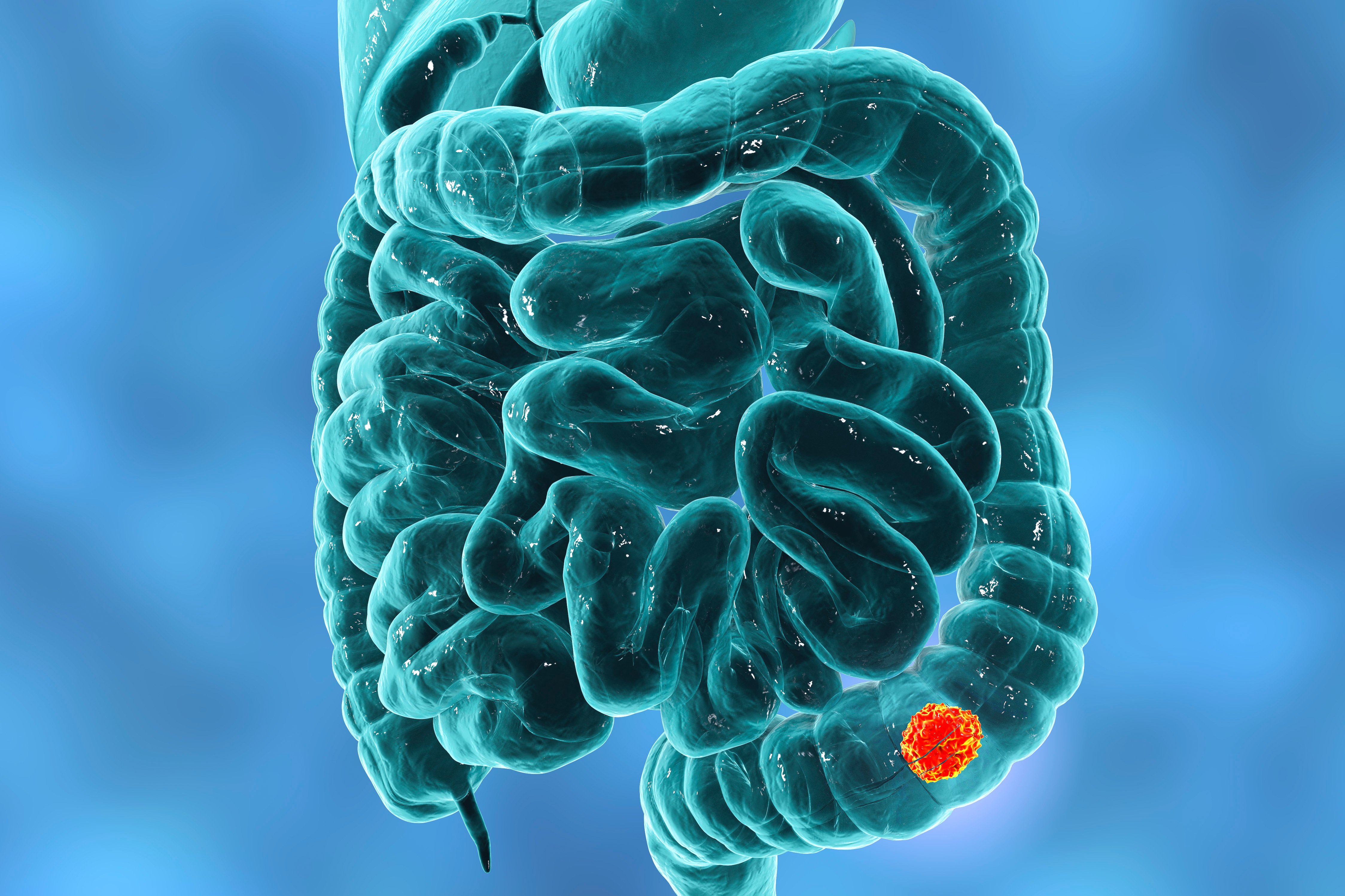
(Vienna, 24-07-2023) The new subtype has been characterised as part of an international collaboration with a research group from Luxembourg, opening up the prospect of a possible new therapeutic approach. Members of Helmut Dolznig's research group at MedUni Vienna's Center for Pathobiochemistry and Genetics played a key role in the research work, which was recently published in the renowned journal Nature Communications.
Specific connective tissue cells - known as fibroblasts - are an integral part of solid cancers and play a key role in tumour development and metastasis. A subtype of fibroblast found in this study, which expresses IL1 receptor 1 (IL1R1) on the cell surface, is associated with the suppression of T cells and macrophages, leading to increased cancer cell growth. Colorectal cancer patients who have an increased number of IL1R1 fibroblasts face a worse prognosis. In addition, these patients have an increase in Th17 T-cells associated with a suppressed immune response.
As the study showed, administration of the IL-1 receptor antagonist anakinra reduces tumour growth in mice and correlates with a reduction in Th17 helper T cells. Overall, this research highlights the potential therapeutic effect of anakinra in colorectal cancer with a high proportion of IL1R1 fibroblasts.
Puclikation: Nature Communications
IL1R1+ cancer-associated fibroblasts drive tumor development and immunosuppression in colorectal cancer;
E. Koncina, M. Nurmik, V. I. Pozdeev, C. Gilson, M. Tsenkova, R. Begaj, S. Stang, A. Gaigneaux, C. Weindorfer, F. Rodriguez, M. Schmoetten, E. Klein, J. Karta, V. S. Atanasova, K. Grzyb, P. Ullmann, R. Halder, M. Hengstschläger, J. Graas, V. Augendre, Y. E. Karapetyan, L. Kerger, N. Zuegel, A. Skupin, S. Haan, J. Meiser, H. Dolznig & E. Letellier
DOI: 10.1038/s41467-023-39953-w
https://www.nature.com/articles/s41467-023-39953-w